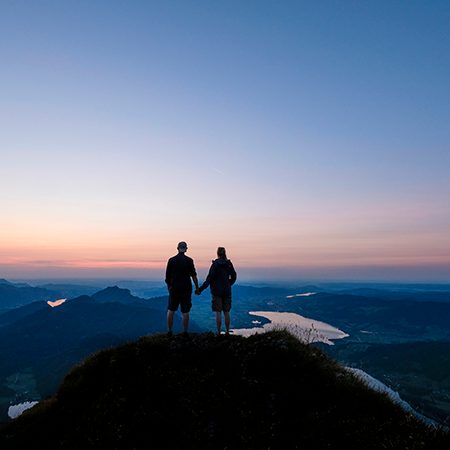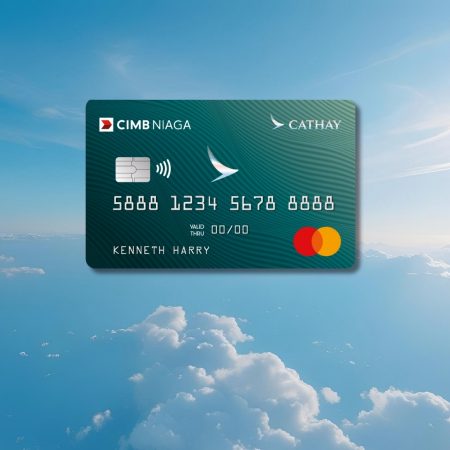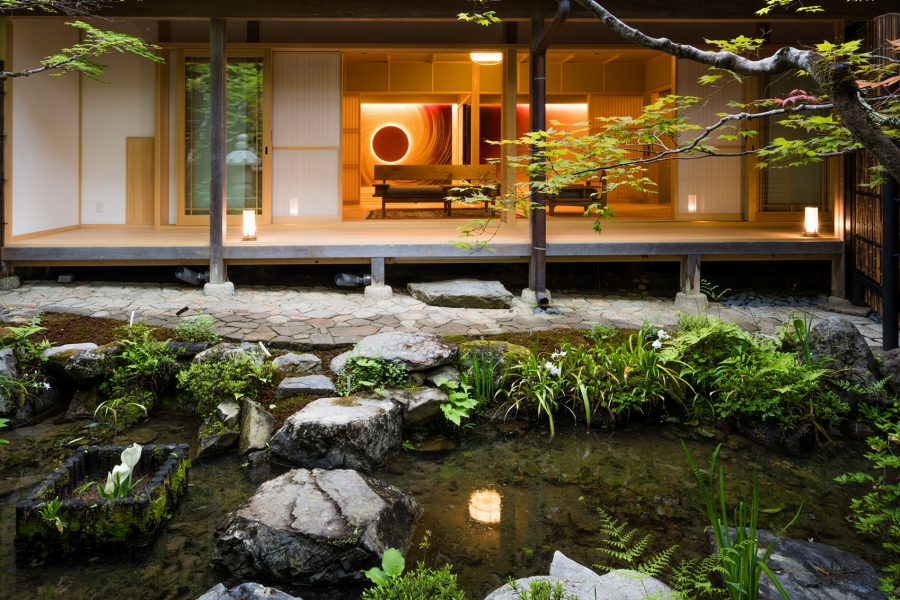Japan’s temples are among its biggest draws, luring visitors with their graceful beauty. So perhaps it’s no surprise that the country is seeing a growing interest in “Shukubo”: overnight stays in temple lodgings. Traditionally, these lodgings gave Japanese monks a place to rest during long journeys. Today, they welcome visitors of all kinds for short-term spiritual retreats.
Shukubo offer a unique travel, wellness and dining experience, allowing visitors to escape the bustle of daily life and engage in mindful practises. Here are six Shukubo stays you can try right now. For added peace of mind during your stay, purchase Chubb Premier travel insurance. You can earn HKD2 = 1 mileage rewards with no ceiling.
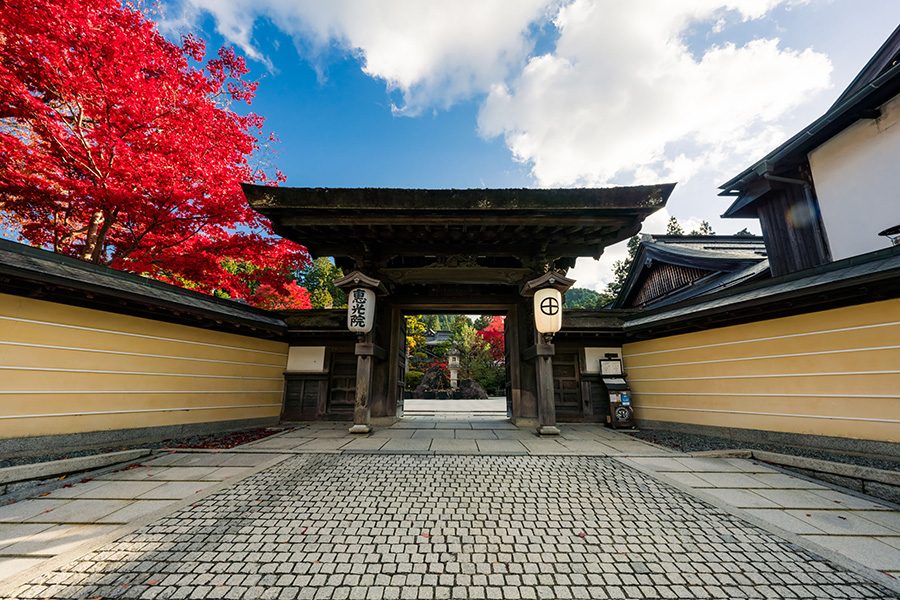
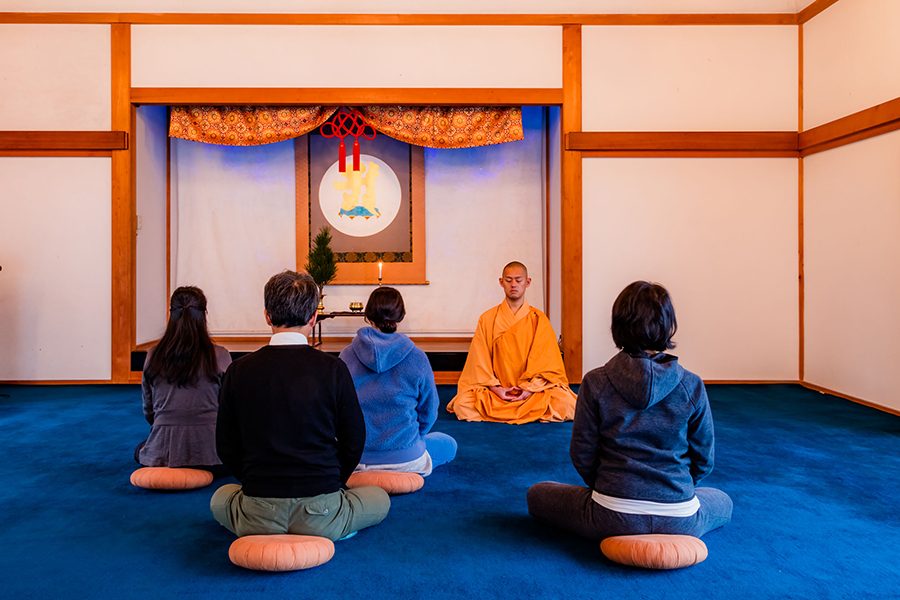

1. Ekoin Temple, Wakayama
Wakayama Prefecture is the spiritual heart of Japan, home to both the Kumano Kodo trail and the sacred Koyasan. The latter, set amid the natural beauty of the Kii Mountains, is a site of more than 100 temples and monasteries. Of these, around 50 offer Shukubo experiences, including the 1200-year-old Ekoin Temple .
This traditional property, adorned with statues of the deity Fudo Myo-o and monk Kobo Daishi, has been thoughtfully adapted to offer guests a luxurious stay in deluxe, Japanese-style rooms. Guided activities include ajikan meditation, during which participants sit on cushions and focus on slow deliberate breathing. You can also attend a Goma prayer ritual. Meals take the form of shojin ryori (Buddhist cuisine) and feature vegetarian ingredients like algae, beans, vegetables and koya tofu.
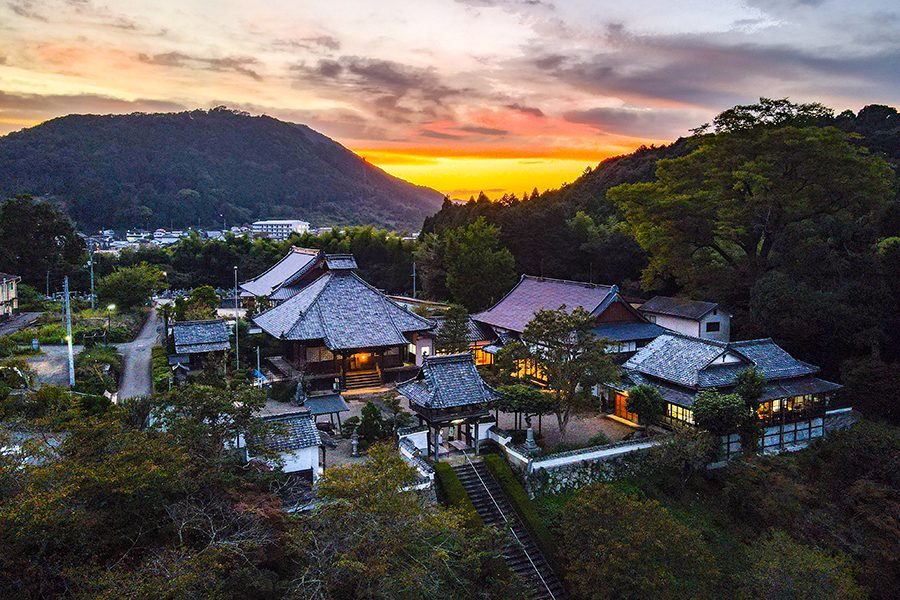
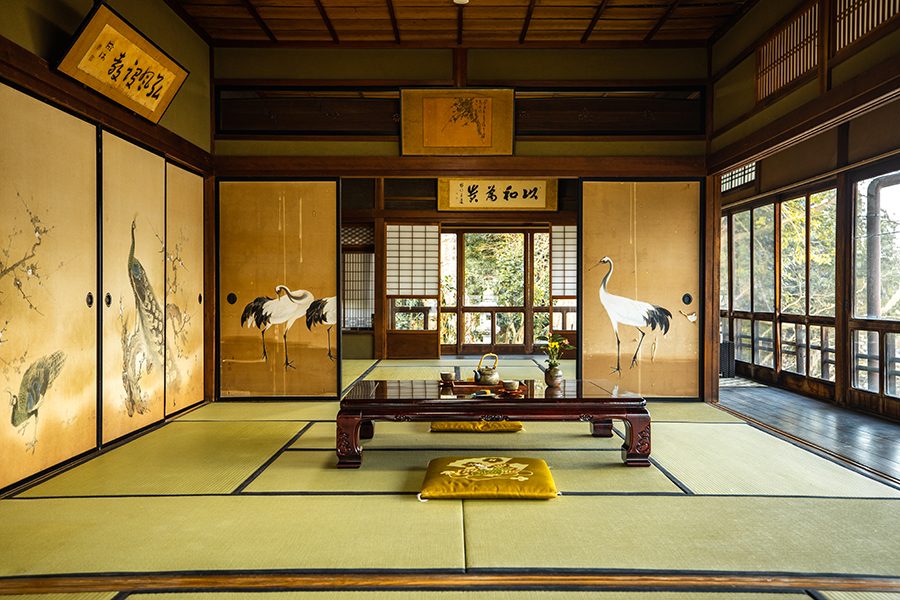
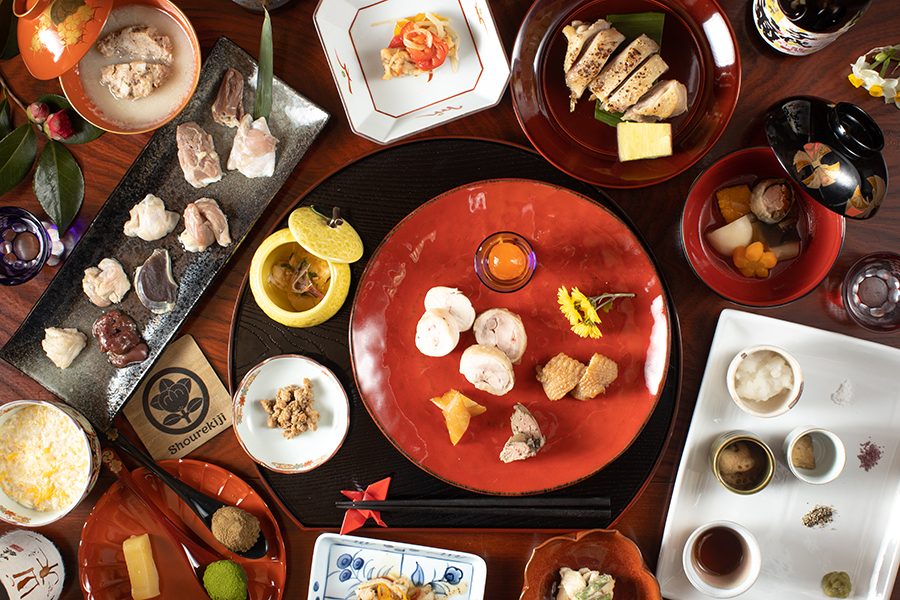
2. Shoureki-ji Temple, Kyoto
Just a two-hour drive from Kyoto, surrounded by farm and woodland, is Ayabe City. Here, head priest Hironobu Tamagawa and his wife offer exclusive lodgings to just one group at a time at Shoureki-ji Temple . Spacious guestrooms with tatami flooring (traditional Japanese soft-mat floors) look out onto forested hills. A sliding door bearing delicate artwork by Japanese painter Ito Keisui remains intact. Guests will be treated to meals consist of Shomo-chicken prepared by Tamagawa himself.
Activities at at Shoureki-ji are diverse: try on monastic robes, learn to play a musical instrument and even enjoy a brisk cold-water bath. If you’re looking to reconnect with yourself, the bamboo grove next to the temple is an ideal spot for zazen (seated meditation); or you can opt for lying meditation under a 600-year-old tree.

Credit: Amenohi/Getty Images
3. Gyokuzoin Temple, Nara
Nara may be best known for its Todai-ji Temple, a Unesco World Heritage Site, and its free-roaming head-bowing deer, but the city and surrounding region hold even more to fascinate visitors. Make your way west to the forested Shigisan mountains and you will find Gyokuzoin Temple, a sprawling site where guests can combine a Shukubo experience with a hot spring holiday, thanks to the presence of a large outdoor thermal bath. There are also reception halls for meditation and spiritual practice.
A typical day might involve paying a visit to the nearby Chogosonshi-ji “tiger” Temple, sitting down to authentic shojin ryori or kaiseki ryori (a Japanese multi-course meal), then taking a nocturnal stroll around the grounds of Gyokuzoin Temple. On your second day, join morning prayers – a Goma prayer followed by a Daihannya prayer – then practise your brushwork with a sutra copying session.
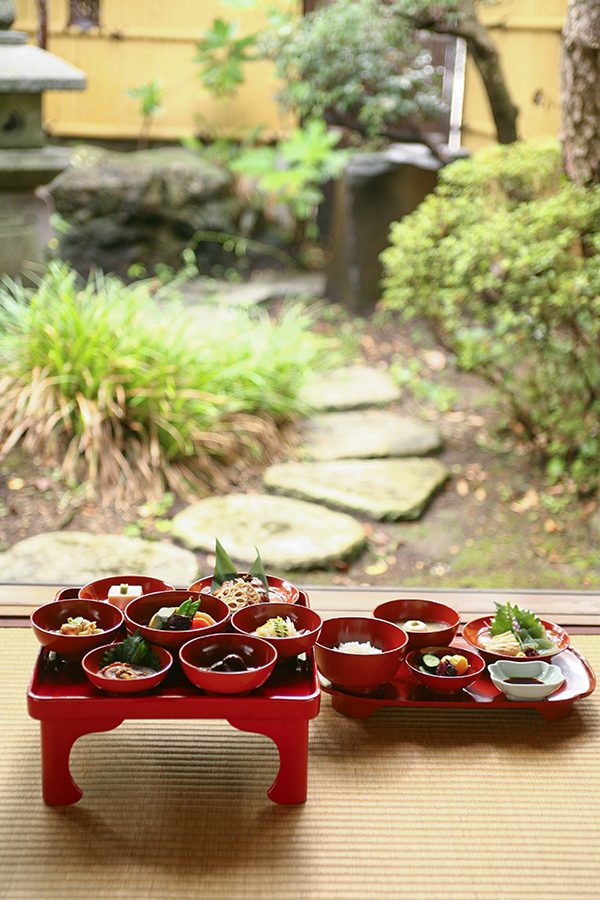
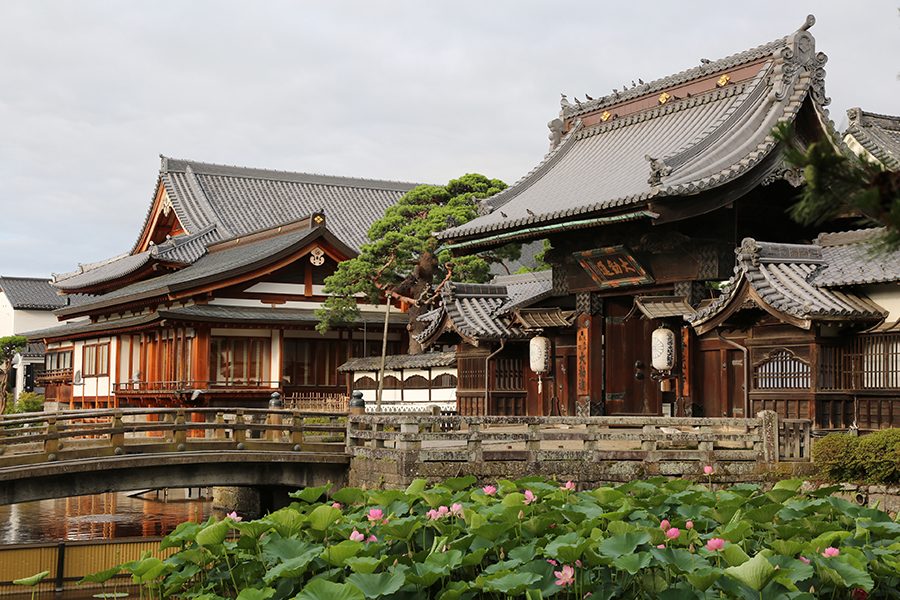

4. Zenkoji Temple, Nagano
As well as being abundant in natural beauty, Nagano Prefecture boasts many historic sites, and the 1,400-year-old Zenkoji Temple is of particular historical significance: it houses the Ikko Sanzon Amida Nyorai, believed to be the oldest Buddha statue in Japan. So sacred is the Buddha that it’s kept largely out of view, but that doesn’t stop visitors from flocking to pay homage.
There are 39 Shukubo guesthouses in the vicinity of Zenkoji, each offering warm hospitality and shojin ryori-style cooking. Zen meditation, yoga and tea ceremony experiences are all available at the temple, as well as sutra transcription and chanting. There is also a daily morning service, during which attendants must kneel on the sando (the path leading to the temple) and receive a blessing with Buddhist rosary from a high-ranking priest or priestess.
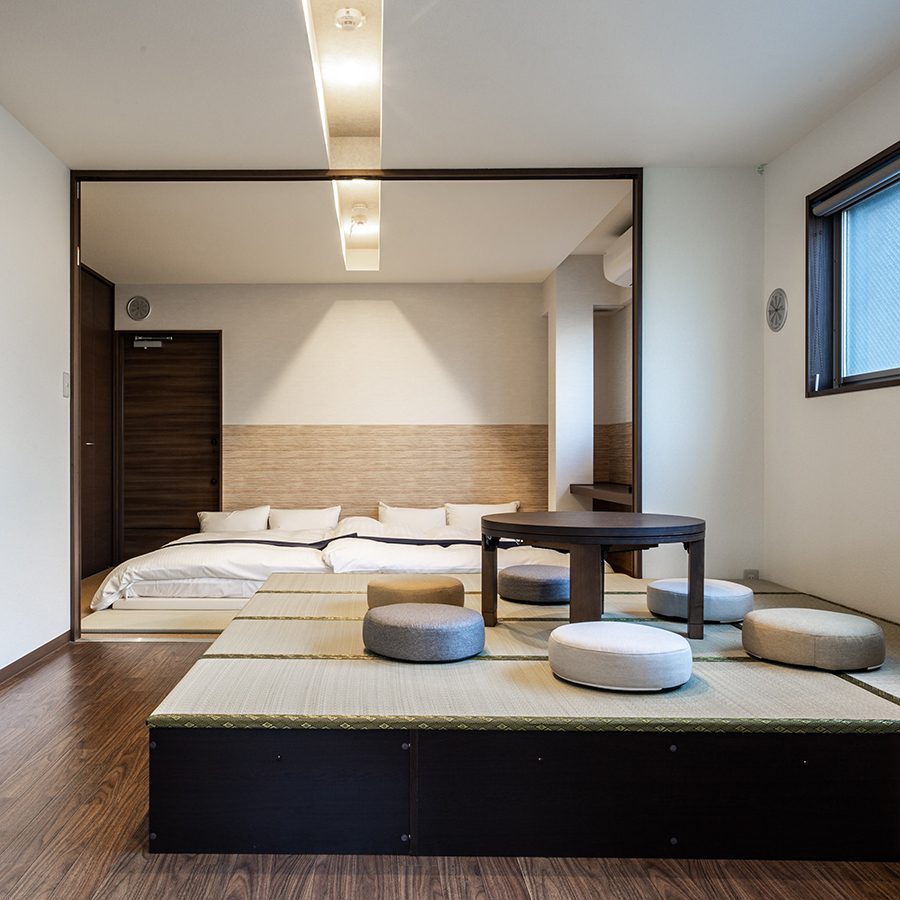
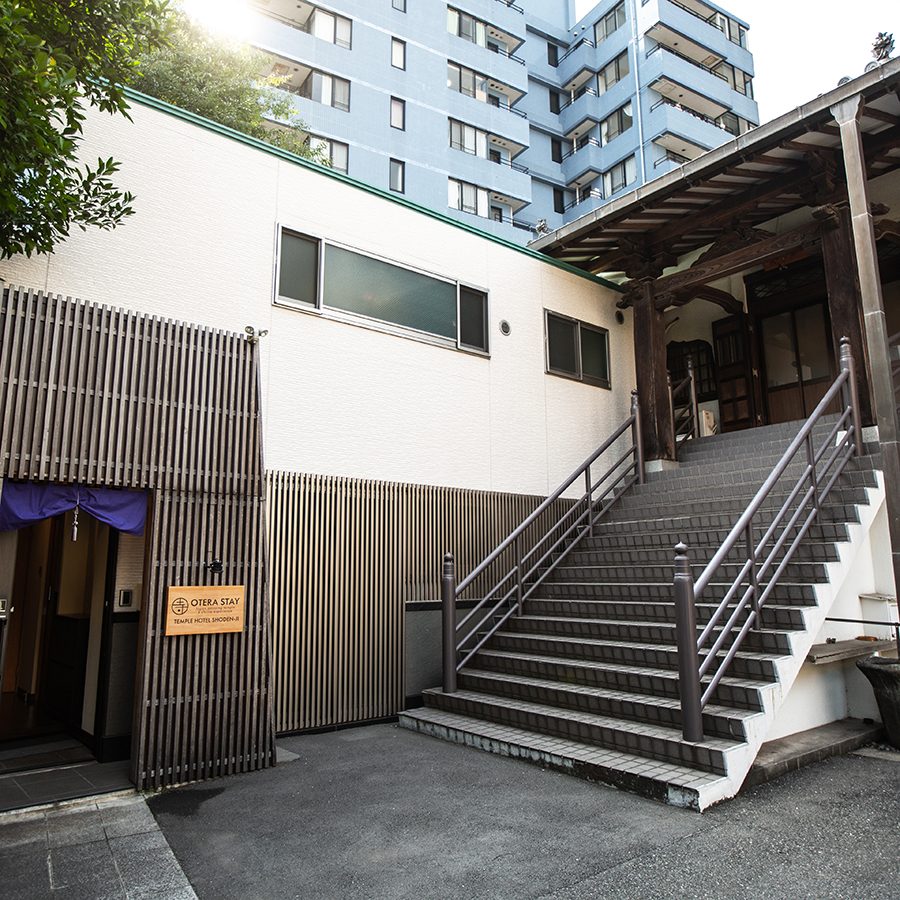
5. Shoden-ji Temple, Tokyo
Not all temple stays involve being secluded in remote mountain lodgings; Shoden-ji Temple allows guests to have a Shukubo experience close to the heart of Tokyo. A hidden oasis of calm amid the city’s restless energy, this temple is ideal for a weekend getaway.
The Japanese-style rooms are tasteful, modern and fully equipped with a private bathroom, kitchen and washing machine. At the same time, you can engage in traditional Buddhist practises through a series of workshops led by the temple’s master priest: choose between rosary making, amulet crafting and sutra transcription – or try your hand at all three.
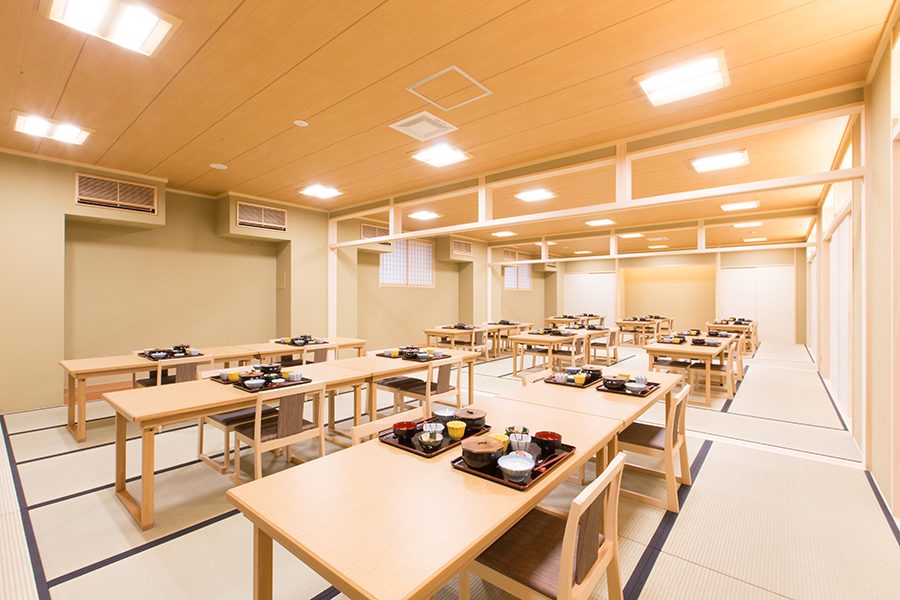
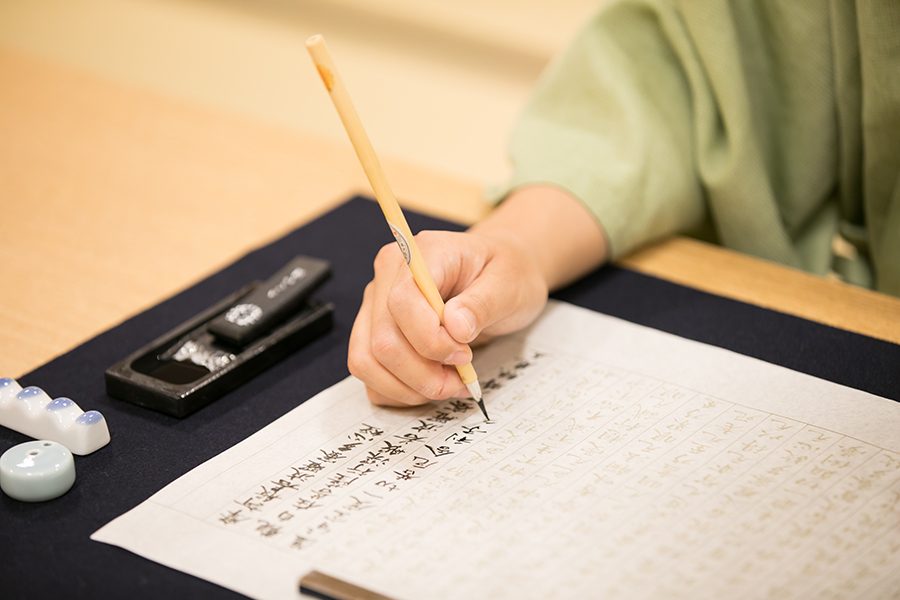
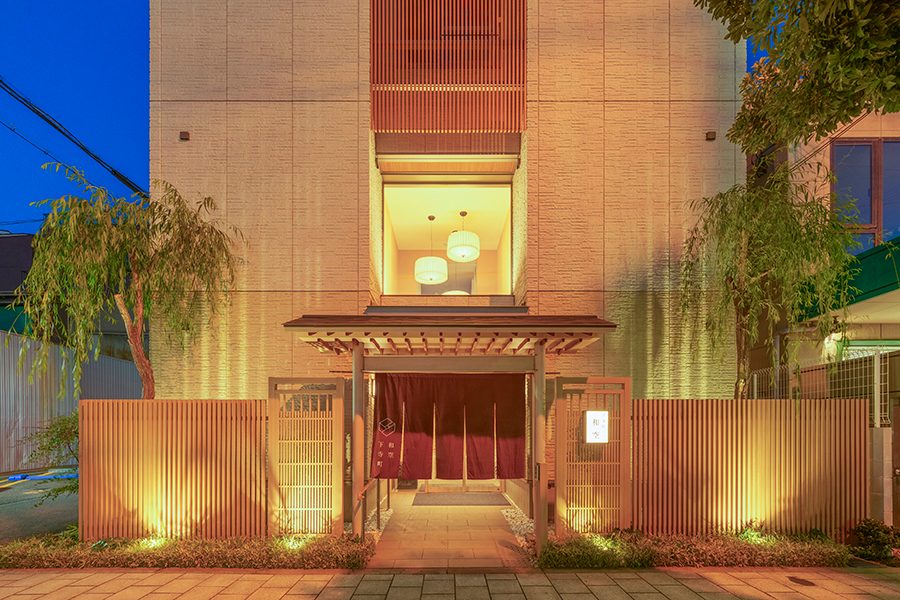
6. WaQoo Shitaderamachi, Osaka
Also easy to reach is WaQoo Shitaderamachi in Osaka’s Tennoji area, just a 10-minute drive from downtown attractions such as Tennoji Park, Dotonbori entertainment district, and Tsutenkaku Tower. Despite its urban setting, WaQoo Shitaderamachi offers plenty of opportunity for spiritual contemplation, with around 80 temples and shrines in its vicinity.
Guestrooms are generous, with a private bathroom, fridge, TV and even Wi-Fi. When you first wake, visit the nearby Aizendo Shoman-in Temple for morning rituals. Later, in addition to traditional activities like sutra copying and zen meditation, you can try what is sometimes known as eshakyo, a meditative practice of sutra transcription and Buddha painting. At mealtimes, the staff will lead chants both before and after eating. Don’t worry if you don’t speak Japanese; a sincere thank you for the hospitality will be every bit as appreciated.
Useful tips before you travel:
1. Consider which activities you want to try during your Shukubo stay, as these can range from basic sitting meditation and sutra transcription to fasting, trekking and even waterfall meditation.
2. Be aware that some temples only offer basic Japanese-style communal sleeping quarters. You might need to share bathroom and toilet, and bathing hours might be restricted.
3. Many temples have early lights-out. If you want to join activities such as a night tour, ask about the schedule in advance.
4. Throughout your stay, be respectful of the monks and try not to disturb them.
5. Most Shukubo only serve vegetarian shojin ryori cuisine, and some also prohibit alcohol. Ask about these restrictions before booking if you plan to drink during the stay.
1. Terms and conditions apply.
2. The above information is for reference only. Please refer to the Policy Wording for the exact coverage, terms, conditions and exclusions.
3. The above insurance plan is underwritten by Chubb Insurance Hong Kong Limited (“Chubb”). Cathay Pacific Airways is an insurance agency (License No.: FA3522) authorised by Chubb for the distribution of general insurance products in HKSAR. Chubb reserves the right of final approval.
More inspiration
- China – the Chinese Mainland, Hong Kong SAR, Macao SAR and Taiwan Region
- Hong Kong SAR - English
- Chinese Mainland (China) - English
- Taiwan, China - English
- 香港特別行政區 - 繁體中文
- 中国內地 - 简体中文
- 中國台灣 - 繁體中文
- Africa
- South Africa - English
- Asia
- Bangladesh - English
- Korea - English
- Singapore - English
- Cambodia - English
- 한국 - 한국어
- Sri Lanka - English
- India - English
- Malaysia - English
- Thailand - English
- Indonesia - English
- Maldives - English
- ประเทศไทย - ภาษาไทย
- Indonesia - Bahasa Indonesia
- Myanmar - English
- Vietnam - English
- Japan - English
- Nepal - English
- Việt Nam - tiếng Việt
- 日本 - 日本語
- Philippines - English
- Australasia
- Australia - English
- New Zealand - English
